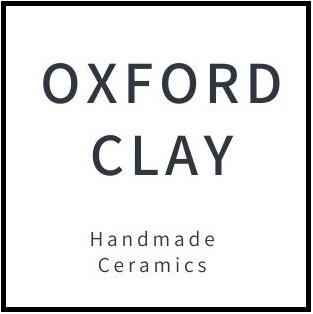What is paperclay?
And 3 eco-conscious reasons for potters to use it.
‘Paperclay’ is essentially a mixture of clay and cellulose fibres. The cellulose fibres in paperclay can come from either new or recycled paper pulp, derived from plants such as cotton, hemp, flax, linen or trees (1). The cellulose fibres burn out of the clay body during firing. But why on earth would potters add paper to their clay in the first place?
Believe it or not adding paper to clay has many benefits, including 3 reasons that can make a pottery practice more eco-conscious.
1.) Paperclay is much stronger than ordinary clay
Adding cellulose fibres to clay transforms it into an incredibly strong substance. In fact, dry paperclay has nearly twice the tensile strength of normal dry clay before bisque firing! (1). In the book ‘Paperclay: art and practice’ Rosette Gault explains how paper can be added to casting slip to reduce cracking (1). By adding paper to their clay potters can reduce the levels of work they lose due to defects, breakages and cracking.
2.) Paper can be recycled into paperclay
The cellulose in paperclay can come from any paper source, including paper that would otherwise be thrown away.
3.) Paperclay allows ‘raw glazing’
Because paperclay is so strong at the greenware stage it can be used in a technique called ‘raw glazing’. Raw glazing is where a pot is only fired once, straight up to glaze temperatures, rather than the usual two separate bisque and glaze firings. In raw glazing, glaze is applied at the greenware stage either when the pot is leather-hard or completely dry.
The pot is then fired slightly more slowly up to glaze temperatures to allow the impurities in the clay to burn out before the kiln reaches glaze firing temperatures (2). Raw glazing has the potential to save energy because the need to do a bisque firing is eliminated.
Glazes used in raw glazing often have clay in them. The clay helps the glaze to stick to the greenware body a bit like a slip and avoid glaze defects like ‘crawling’ where the glaze separates from your pot during firing (2).
If you are interested in trying out raw glazing the Oxford Clay ebook ‘Eco-conscious Pottery Glazing: Make your own pottery glazes with minimal harm to humans, animals and the environment’ contains 10 glaze recipes compatible with the ‘raw glazing’ technique.
Paperclay resources from Oxford Clay:
Eco-Friendly Pottery: 30 Simple Ways: to make your pottery practice more ethical and sustainable - for a stoneware casting slip recipe made with paperclay to prevent cracking.
Eco-conscious Pottery Glazing: Make your own pottery glazes with minimal harm to humans, animals and the environment - for 10 stoneware pottery glaze recipes compatible with the ‘raw glazing’ technique.
References:
1.) Gault, R. 2018, The New Ceramics: Paperclay Art and Practice London: Bloomsbury Herbert Press
2.) Hill, S. 1986, An approach to single firing. Ceramics Monthly, January 1986, pp.46-51.


